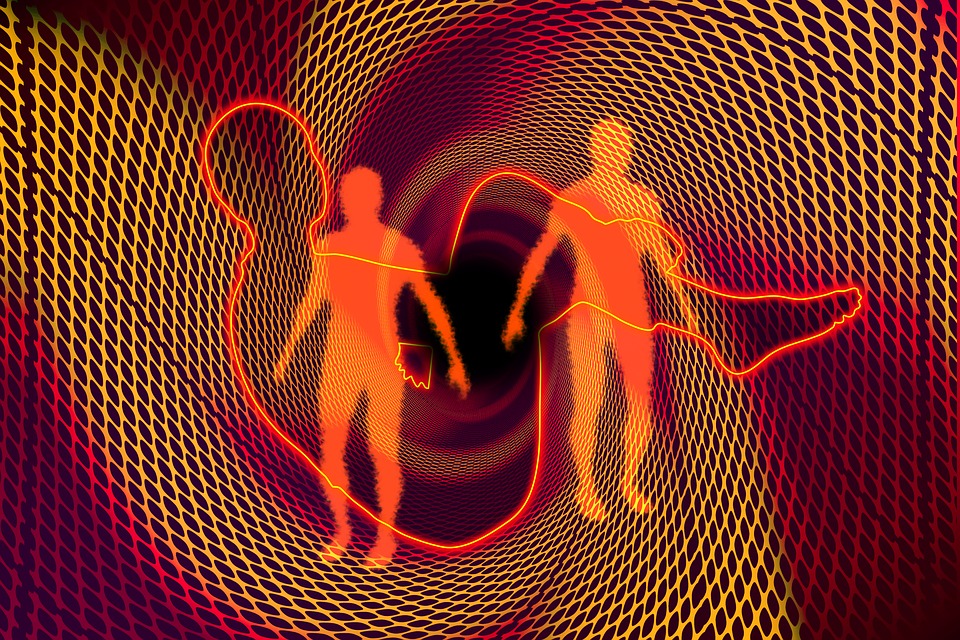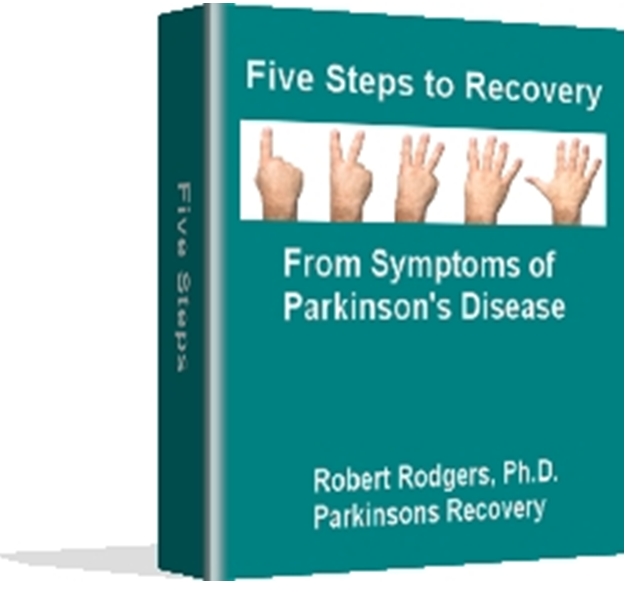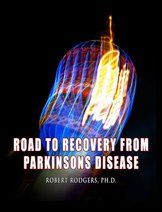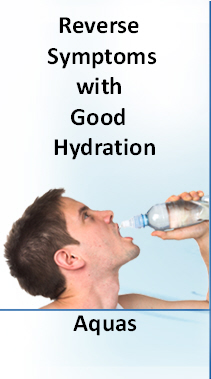I am regularly following your website and very good
information about alternative approaches to combat Parkinson’s.
My questions for you center on pain remedies you would recommend.
I was diagnosed with Parkinson’s about 3 years ago.
the beneficial effects of L-dopa medications have diminished so that now
it sometimes doesn’t help at all and when it does, only for
a very short period of time.
Most of the day I am feeling bad, with little relief from
L-dopa. I have made life style changes with healthy diet,
low saturated and trans fat, less refined carbohydrate,
no processed food with variety of antioxidants and chlorella
green algae, L lipoic acid, N acetyl carnithine, gingko biloba,
vitamin A, E, C, B complex, selenium, zinc ; mitochondria
energy boosters like Co enzyme Q 10, NADH and Bowen therapy etc.
I know that body needs time to heal and recovery process
is zigzag. I have also started Aquas.
In spite of doing this I feel that my rigidity, muscle spasms
are increasing in my neck, shoulders, back. This is accompanied
by a feeling of other unpleasant sensations which are difficult
to describe but are all the same extremely. I feel a continuous
abnormal sensation which aggravates after noon & becomes worse
at night especially in my forearms and feet. Due to unpleasant
sensations, I can not sleep well and remain disturbed.
I don’t have any tremor, good gait, normal hand writing, good gait,
good hand eye coordination, decreased facial expression, little
difficulty in speaking, no slowness, no difficulty in initiating
movement, can ride scooter, less energy. During night hours my
legs become very heavy and my body drags.
My questions are 1) have you ever seen anyone like this whose
primary symptoms are pain and a very unpleasant internal other
sensation, rigidity with no tremor; is it atypical: and if so
2) what helped, or what treatment or other plan would you recommend?
About Pain Remedies
I need again to put my disclaimer at the top.
I am not a medical doctor, so be sure and consult
with your health care provider/doctor before making
any changes to your health care program.Take my
comments as information only to be discussed
further with your doctor. I am not qaulified to
diagnose or treat Parkinson’s or any disease.
Have I seen anyone like you?
I continue to be amazed at the variety of characteristics for each
person’s symptoms. Everyone has a unique situation and a unique
body. From my interviews, I would speculate that 20 – 30% of people
have symptoms that are somewhat similar to yours (though not identical!).
As a side note, the literature is clear that many people are
misdiagnosed. Estimates vary, but studies indicate that
at least one out of five people are misdiagnosed. Neurologists
have a tough job diagnosing this disease. Many tell their
patients – I do not know, but we can try medication if you wish to
see what happens.
What Pain Remedies Can Help?
My initial answer (which is probably what you were not expecting)
is experiment. The people who are getting good relief
experiment. Through experimentation they are able to figure
out what is most helpful to them. Many of the alternative therapies
do provide relief. The challenge is to find the therapies that
provide good relief for you and to find therapies that are
cost effective for you.
My second general suggestion for you is to begin looking in
different places for solutions. Think outside the box of options.
Let me suggest just a few possibilities.
First, consider the possibility that the side effects of the
medication might be creating some problems for you. It sounds
like the medication provided good relief initially, but
that now it provides little relief. There are over 40 hormones
in the body, so it is possible that your body is struggling to
maintain a good balance. There may be some harmful interactions
from taking the particular the supplements and medications.
If you decide at any point to reduce the dose, be sure to
consult with your doctor very closely. The process of going off
the medication is very tricky and can cause serious health problems.
It needs to be a very gradual and mindful weaning process which
can take a long time.
Second, you do not mention an exercise program, Do you have one?
It can be a true challenge with your symptoms, but any movement
during the day will help relieve symptoms. Exercise gets the lymph
system moving and helps strength the immune system.
Third, you might look into detox programs. Great! There are a
number of detox programs that offer the opportunity for
successful detoxes. I see that you are
taking Aquas which is a core approach for detoxing. Hydration is
the key to success with a successful detox program.
Fourth, it may be the case that all of the wonderful supplements
you are taking are not being absorbed by your body. In other words,
the primary challenge you may be having is actually digestive.
Many people spend a ton of money on supplements, but because their
digestive systems are compromised, the supplements go in and come out without being assimilated by the tissues of the body.
Ayurvedics is dedicated to helping people get their
digestive system back on track. You might find some interesting
possibilities if you investigate approaches that help your digestive
system come back on line.
Fifth, There is always an unconscious emotional reason for pain. Explore
emotional undercurrents with a craniosacral therapist or energy healer. When the
emotional undercurrent is cleared, the pain will resolve.
Finally, rest assured that you are doing everything right with identifying
the prefect pain remedies that can help you. Searching
for answers as you are doing will yield huge benefits. One thing
most people do not realize is that when you start on the road to
recovery, it is common that your symptoms will be worse on some
days before they get better. In fact – if you begin to feel lousy it can
be a good sign that you have chosen the perfect set of pain remedies
on your journey down the road to recovery.
Robert Rodgers, Ph.D.
Founder 2004
Parkinsons Recovery
© Parkinsons Recovery





